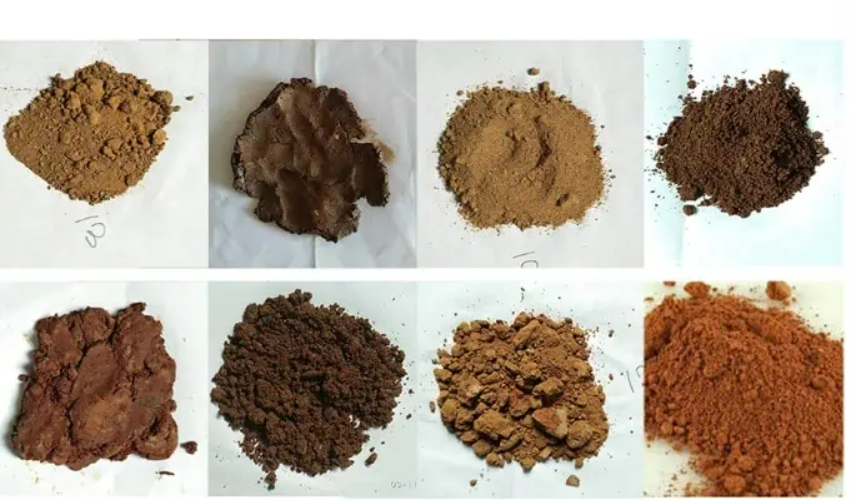Soil classification is the arrangement of soils into different groups such that soils in a particular group have similar engineering properties and similar behavior.
It is a sort of labeling of soils with different labels.
The objectives of soil classification are-
- To arrange various types of soils into groups according to their engineering or agricultural properties.
- To decide the suitability of a soil as a construction material for the construction of roads, earthen dams, embankments etc.
- A soil classification system is useful to decide the suitability of a soil for foundation of structures.
- A soil classification system provides a common language between engineer dealing with soils. It is useful in exchange of information and experience between the geotechnical engineers.
- It is also useful to decide whether the soil beneath is suitable for building foundation or not.
Basic Requirements of Soil Classification System
A soil classification system should fulfill the following requirements to become a handy tool for engineers.
- It should have minimum numbers of groups so that it would not become complex to decide whether soil falls in which group
- Soil classification system should possess scientific approach.
- It should be having certain degree of accuracy in indicating the portable performance of a soil under certain field condition.
- It could be easy and reliable so that various engineers can rely it.
- The properties considered should have meaning for engineers and professionals.
Soil classification systems.
For general engineering properties, in India, the following classification systems could be used.
- Particle size classification.
- Textured classification
- Unified soil classification
- Indian standard soil classification.
Out of the above Indian soil classification system is described below.
The Indian Standard Soil Classification System was first developed in the year AD 1959 and it was revised in 1970.
Indian Standard Soil Classification
This system classifies soil into 18 groups and 3 broader divisions.
- Coarse-Grained SoilCoarse Grained Soil is further classified into two sub-divisions.
- Gravels
- Sands.
Each of the above sub-divisions are further sub-divided into following four groups based on the grading and inclusions of the other materials.
- W: Well graded, clean
- C: Well graded with excellent clay binder
- P: poorly graded, fairly clean
- M: Containing fine materials not covered in other groups.
- Fine grained soilsFine grained soils are further divided into three sub-divisions.
- M: Inorganic silts and very fine sands
- C: Organic clays
- O: Organic silts and clays and organic matter.
- Highly organic soils and other types of soil.
Indian standard code for classification of soil
IS: 1498-1970 gives specifications to classify the soils.
Following are other useful articles on civil engineering.
Project/Dissertation ideas for BE/BTech civil engineering
Types of Pile Foundation – A Detailed Explanation
Types of Metamorphism – A Geological Phenomenon
What is Aquifer, Aquiclude, Aquitard and Aquifuge?
